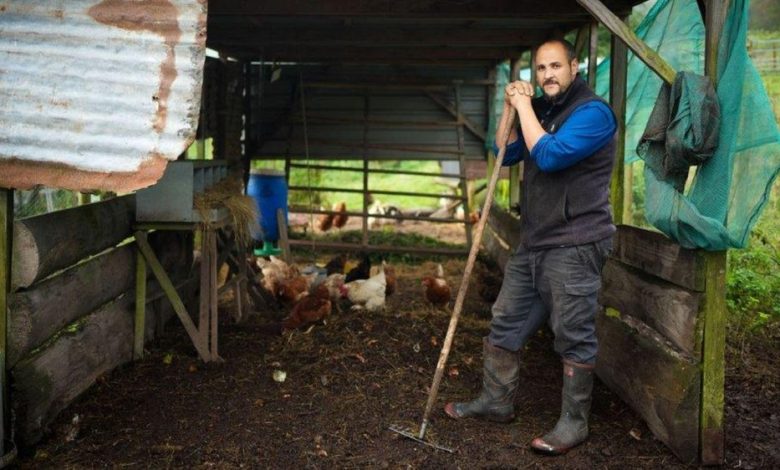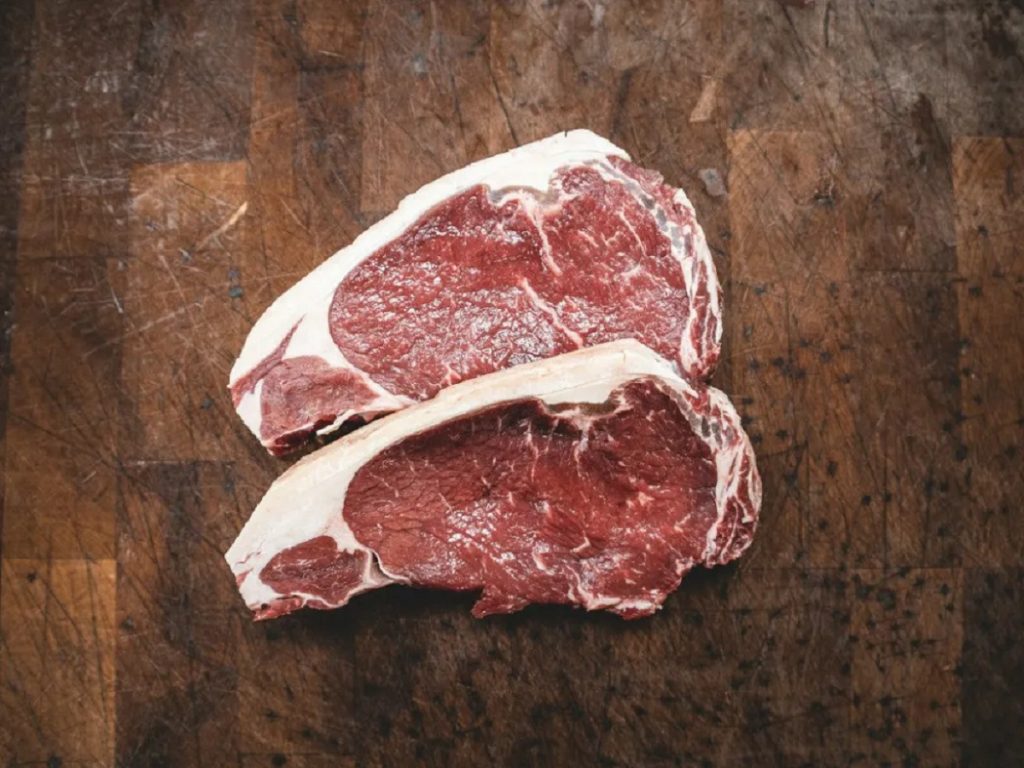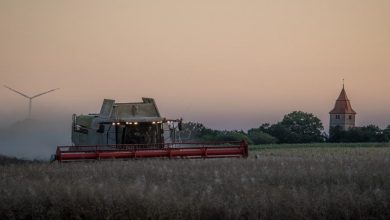Muslim Farmers in the U.S.: Land Ownership, Agriculture, and the Rise of Halal Farming
How Muslim Americans own and operate farms across the country — from rural fields to urban gardens — and what this means for food, faith, and local economies.

Across the vast farmlands of America — from the fertile plains of the Midwest to the sun-drenched fields of California — a growing number of Muslim farmers are quietly cultivating the land, raising livestock, and contributing to the nation’s food system. While often overlooked in mainstream narratives, these farmers play a vital role in connecting faith, food, and sustainable agriculture.
Whether through small family plots, community gardens run by mosques, or larger halal-certified livestock operations, Muslim Americans are increasingly owning farmland, managing agricultural businesses, and shaping local rural economies. Their presence reflects both the diversity of the U.S. farming landscape and the expanding demand for ethically produced halal food nationwide.
1. Historical and demographic background
Muslim presence in American agriculture is tied to immigration waves and long-standing U.S. rural communities. Since the late 19th and early 20th centuries, immigrants from the Middle East, South Asia, and Africa have settled across the U.S. Some arrived as rural laborers or itinerant traders, while later waves brought professionals and entrepreneurs who entered farming, food production, and agribusiness. More recent refugee and immigrant communities (for example from Somalia, Southeast Asia, and parts of South Asia) have also engaged with agriculture as a route to economic stability and self-reliance.

2. Where Muslim farmers are found
Muslim farmers are geographically widespread:
-
Midwest & Plains: small family farms, vegetable growers, and some livestock producers — often supplying local halal markets or ethnic grocery stores in nearby cities.
-
Northeast & Mid-Atlantic: peri-urban market gardeners, CSA (Community Supported Agriculture) operators, and specialty crop growers serving diverse urban markets.
-
South: poultry, cattle and specialty crop farms run by immigrant families, as well as community-scale operations.
-
West (California, Pacific Northwest): organic vegetable and fruit producers, farm co-ops, and certified halal or specialty meat suppliers.
-
Rural pockets nationwide: ranchers, dairy farmers, and farmers who may be one of a few Muslim families in their county.
Even where Muslim populations are small, individual farm owners or agricultural workers often exist — students who work seasonally, immigrant families who transitioned into farm ownership, or Americans converting family plots into market farms.
3. Types of agricultural activity among Muslim farmers
Muslim involvement covers the full spectrum:
-
Livestock & meat production: cattle, sheep, goats, and poultry — often linked to local halal markets or ethnic buyers.
-
Dairy: small-scale to mid-scale dairy operations in states where dairy is common.
-
Produce & specialty vegetables: market gardens, organic vegetables, herbs used in ethnic cuisines.
-
Value-added products: pickles, preserves, halal-processed meats, and artisanal foods.
-
Urban & community agriculture: rooftop gardens, community plots run by mosques, and educational farms.
-
Agri-entrepreneurship: farm-to-table services, direct-to-consumer subscriptions, and halal meat delivery platforms.

4. Land ownership and scale
Many Muslim farmers are owner-operators of small to medium farms. Others lease land or participate in cooperative land-use arrangements. Ownership patterns vary:
-
Generational and immigrant family farms: families that bought or inherited land and run multi-generational operations.
-
New entrant farmers: recent immigrants or refugees who saved earnings or used micro-loans to purchase or lease acreage.
-
Leased & community land: community gardens and mosque-affiliated land plots for shared production.
Barriers to ownership (discussed below) mean not every aspiring farmer secures title immediately—but ownership does exist and is growing in some regions.
5. Market dynamics: halal demand and economic opportunities
The growth of halal food demand in the U.S. has created niche markets that support Muslim farmers:
-
Halal slaughter and processing create demand for locally raised animals that meet religious and welfare standards.
-
Premium pricing for ethically raised, hormone-free, pasture-based meat can improve farm viability.
-
Ethnic grocery stores and restaurants often purchase directly from regional farms for authenticity.
-
Direct-to-consumer channels (CSAs, farmers’ markets, online sales) allow farmers to reach Muslim and non-Muslim customers seeking high-quality, ethical food.
These market opportunities encourage farmers to adopt higher welfare and sustainable practices, which often align with halal requirements.
6. Challenges Muslim farmers face
Several challenges are common for Muslim and other small-scale farmers:
-
Access to land and capital: farmland is expensive; new farmers struggle to secure loans or affordable leases.
-
Halal certification & processing: access to certified halal slaughterhouses can be limited and expensive; certification standards vary.
-
Distance to markets or processors: rural producers may face long transportation distances to reach urban Muslim populations or halal processors.
-
Regulatory complexity: navigating USDA rules, state regulations, and differing certifiers adds administrative burden.
-
Visibility and networks: Muslim farmers may lack connections to broader agricultural networks and extension services, especially if they are recent immigrants or non-English speakers.
7. Enablers and supports
Several existing supports help Muslim farmers succeed:
-
USDA and state programs for beginning farmers, grants, and technical assistance (available to all qualifying applicants).
-
Community organizations and faith institutions: mosques and community groups often support shared gardens, farm markets, or cooperative purchasing.
-
Halal certifiers and processors that partner with regional farms to develop supply chains.
-
Online platforms and social media to market directly to consumers and build brand trust.
-
Local food movements (farmers’ markets, CSAs) that prioritize small, ethical producers.
Programs that fund infrastructure (cold storage, mobile slaughter units) or cover certification costs can be particularly impactful.

8. Community and cultural roles
Farms operated by Muslim families often become community hubs: they host religious or cultural gatherings (e.g., Qurbani/Eid al-Adha-related activities where applicable), farm tours, educational events, and Ramadan iftars that connect urban consumers with rural producers. These interactions strengthen cross-cultural ties and increase demand for locally produced halal foods.
9. Practical advice for aspiring Muslim farmers in the U.S.
If you or someone you know wants to enter farming:
-
Start small: test crops through a garden or small herd before scaling.
-
Seek local extension services: county extension agents offer free technical guidance.
-
Explore grants and loans: USDA beginning farmer programs, state grants, and micro-loan providers.
-
Network with mosques and community groups: they can provide market access and volunteer labor.
-
Consider cooperative models: share processing, marketing, or land costs with other farmers.
-
Plan for halal processing: research nearby certifiers and processors early to ensure market access.
10. Conclusion
Muslim Americans are active in U.S. agriculture — as landowners, tenant farmers, ranchers, dairy producers, urban growers, and agri-entrepreneurs. Their work strengthens local food economies, supports cultural traditions, and often aligns with sustainable and ethical farming practices. While challenges remain (land access, certification, processing), increasing consumer interest in halal and ethically produced food gives Muslim farmers expanding opportunities to thrive.



